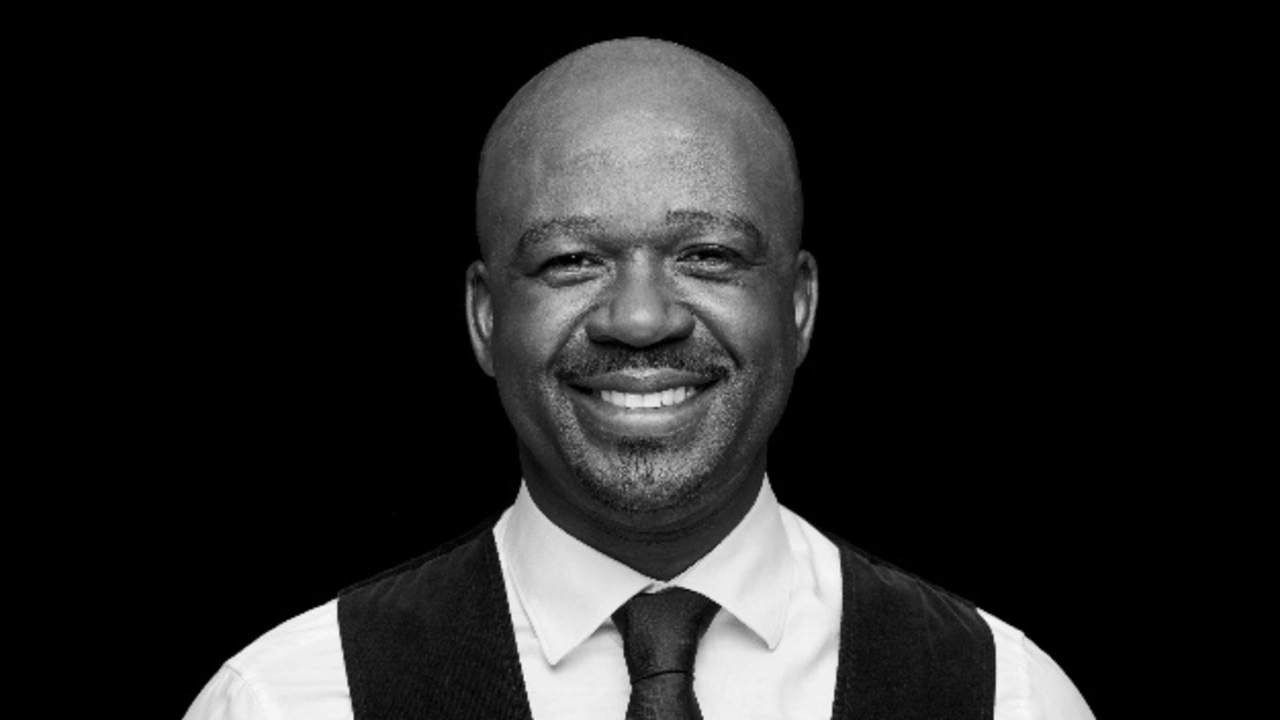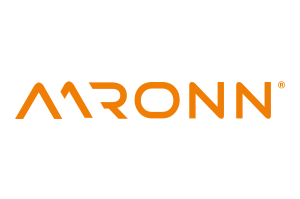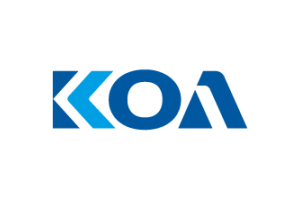LeddarTech acquires VayaVision
»The most accurate 3D Environmental Model «
LeddarTech has recently acquired VayaVision. Markt & Technik spoke with Frantz Saintellemy, President and COO of Leddartech, about, what the company expects from this acquisition and what the next steps are.
Markt & Technik: Why did LeddarTech buy VayaVision?
Frantz Saintellemy: LeddarTech always envisioned to develop and provide a complete end-to-end automotive environmental sensing solution leveraging hardware agnostic solutions that are open and scalable. VayaVision’s approach and solution was very aligned with our vision with their offering of software that fuses raw sensor data and for the perception of the environment, i.e. Perception. The company has unique expertise in this area. Thanks to its approach of upsampling, the resolution of radar and camera can be increased. For radar, for example, this means that I can use the software to increase the performance of radar to that of a lidar system, and all this still at a radar price.
There are a lot of discussions whether to merge raw or pre-processed data. But there is nothing more than raw data, so what is the point of upsampling?
To enable the most accurate reconstruction of the scene, raw data is simply very important. Only then I have the possibility to achieve a high fidelity without losing important information. Digitally Upsampling improves the resolution, a technique commonly used in audio signal processing, for example, where mathematical filters are used to increase the sampling rate and thus improving the sound quality. And this also applies to environment detection. With upsampling and raw data fusion, I can achieve the most accurate 3D environment model, so the car knows exactly what's happening around it. This upsampling and raw data fusion is very aligned with our digital full waveform LiDAR signal processing where we process the raw signal as well and offer a solution that is compatible with 90 % of LiDAR sensors on the market.

It is said that the software of VayaVision is scalable…
Yes, an important advantage of the VayaVision technology is that you can combine the different sensor modalities in every possible variation. Whether one or 20 sensors are used, any combination is possible. That is, four cameras, one GPS, two radar, or eight cameras, two GPS and two radar, or LiDAR, camera and radar. The developer can choose exactly the combination that is most suitable to deliver the performance required for his application while achieving the most efficient system cost ADAS or AD design.
LiDAR is the sensor technology that has so far hardly been found in vehicles due to its high price. There are many OEMs who are convinced that LiDAR will be necessary in the long term. But if LeddarTech now offers software that can significantly improve the capabilities of cameras and radar, is there not a risk that OEMs will abandon LiDAR and prefer to improve existing systems with the help of your software?
No, I don't think so. Because even if the existing systems can be improved, the performance that only LiDAR can offer are still missing afterwards. For safety and reliability, all three sensor technologies are required, to enable complete system redundancy. We improve the robustness of the systems by being able to validate the radar and camera data leveraging LiDAR detection, classification and segmentation. But there are still situations where it is crucial whether a third sensor technology is used or not. One example: In Canada, there are a lot of potholes due to harsh environmental conditions that cannot be detected by cameras and radar alone. These potholes often lead to serious accidents. And this problem can only be solved by combining the benefits of camera, radar and lidar using the benefits of raw data fusion and upsampling technique offered by LeddarTech and VayaVision's.








